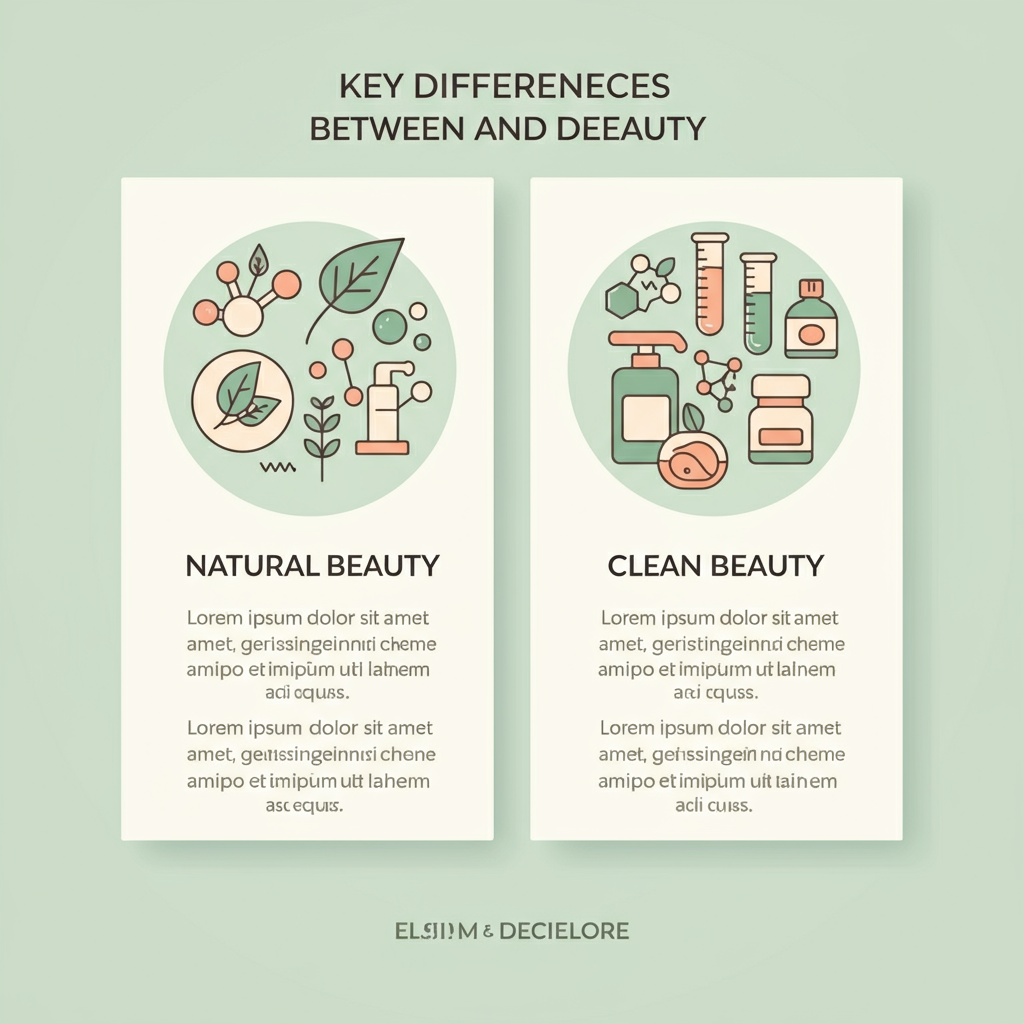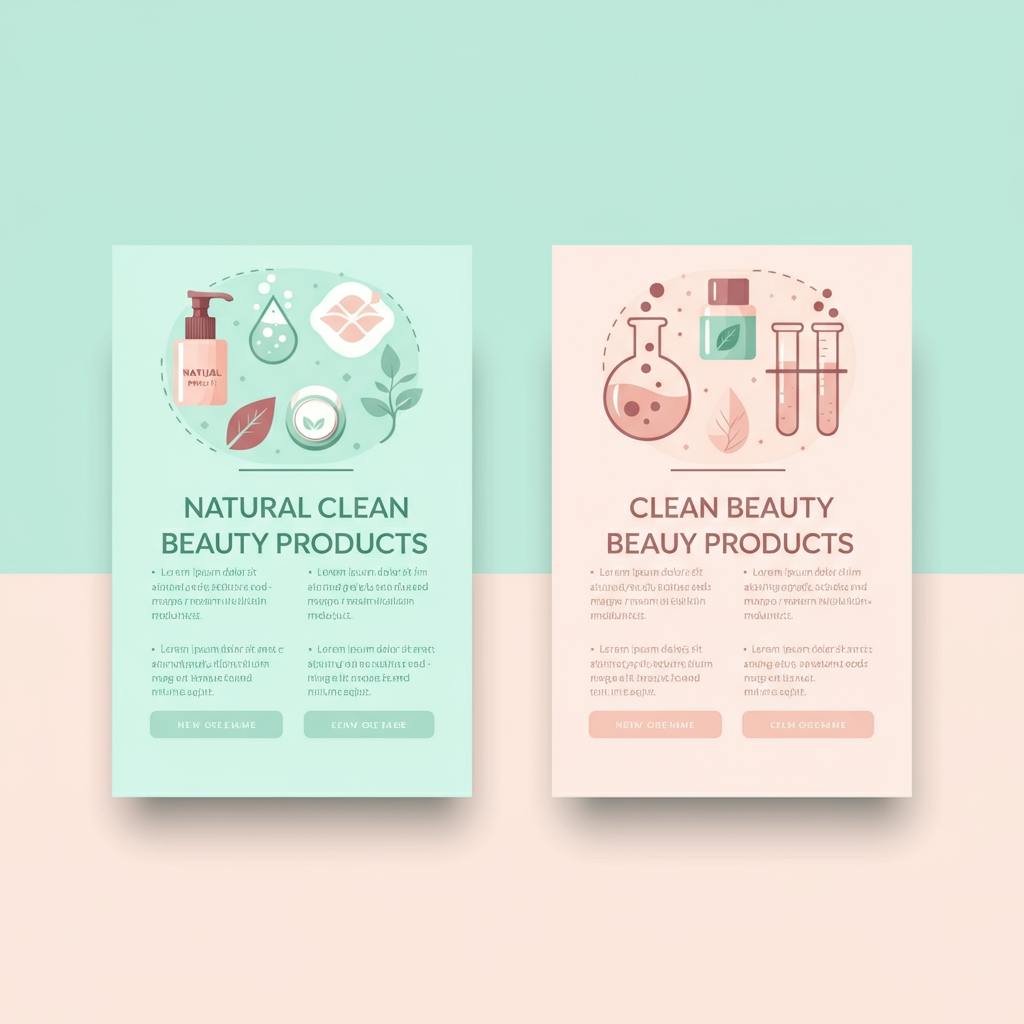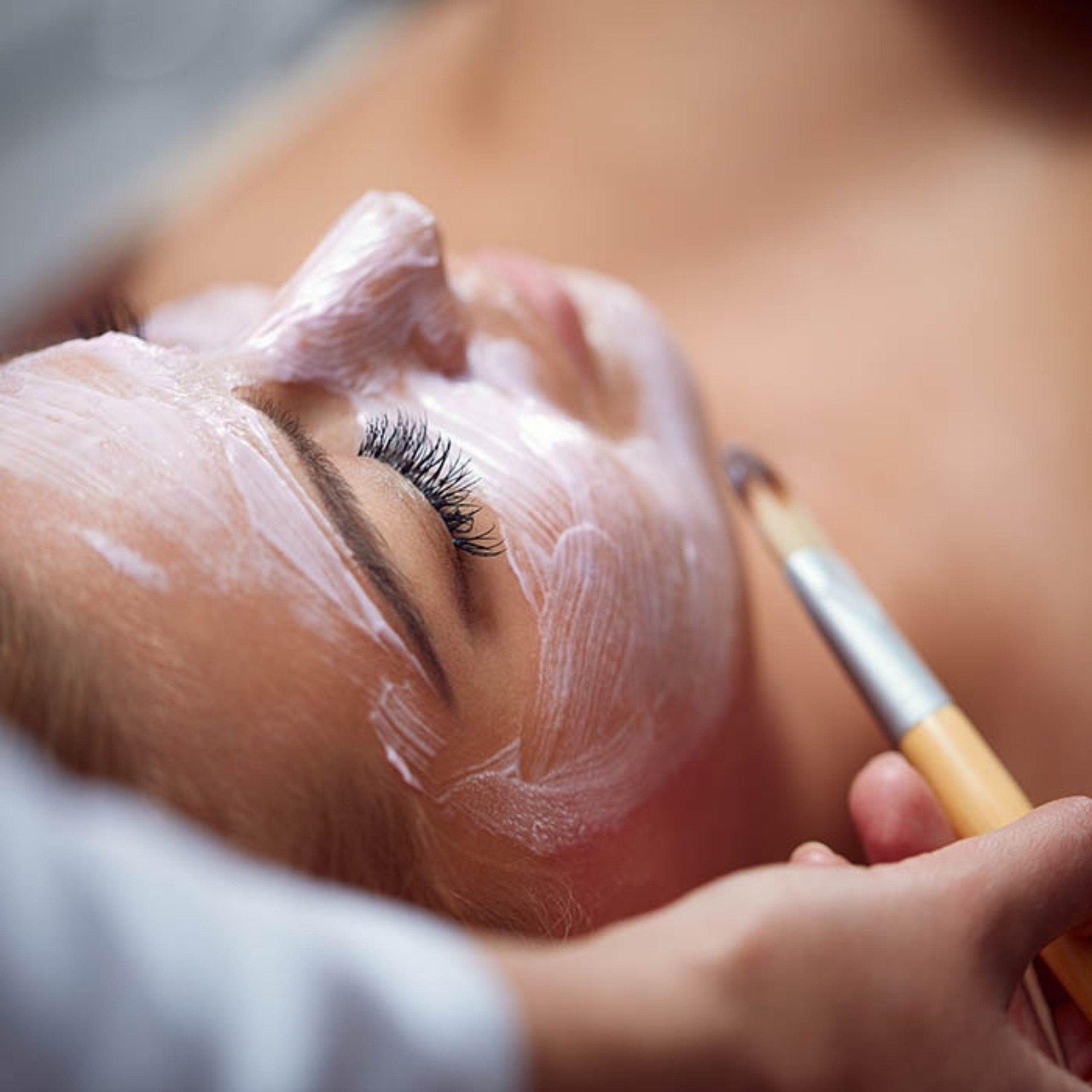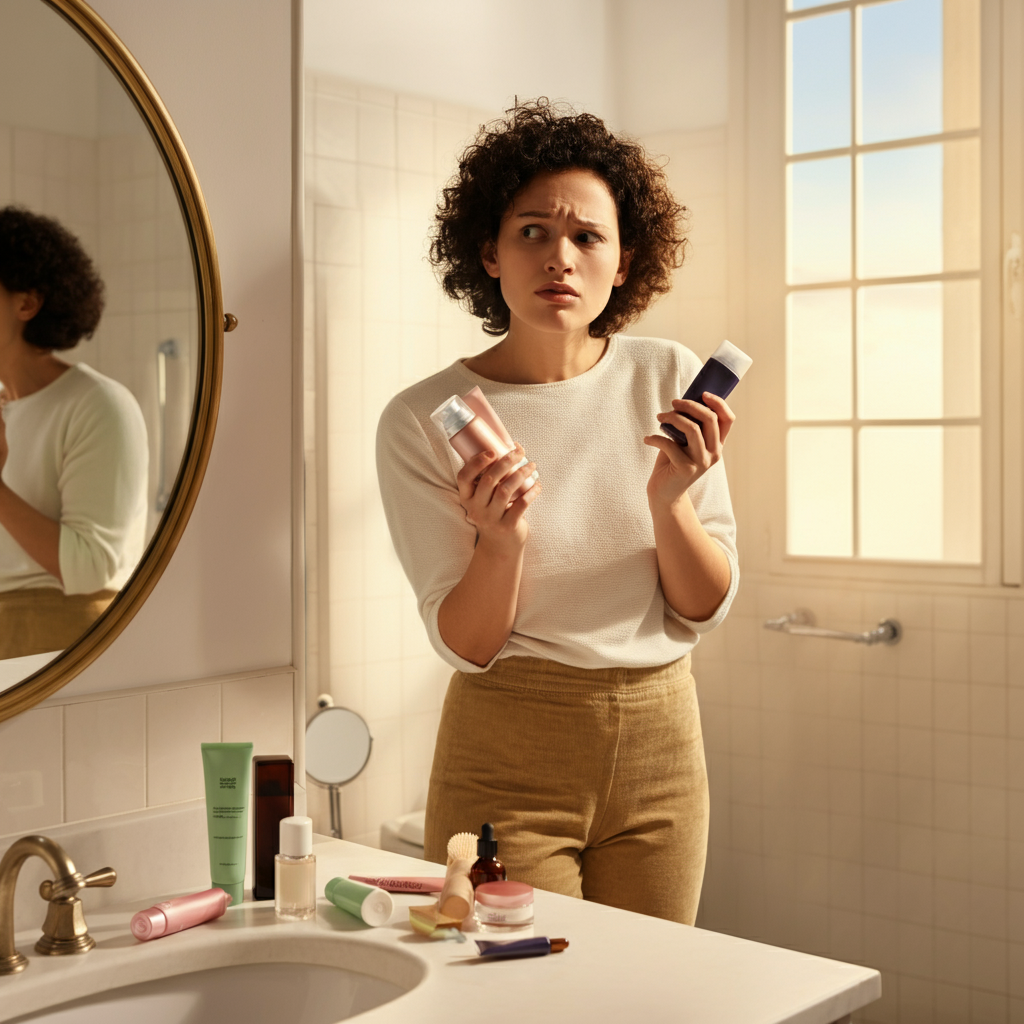The beauty industry has witnessed a sweeping shift toward healthier and more sustainable options. Standing center stage in this movement are two buzzworthy terms that often dominate conversations: natural beauty and clean beauty. While both aim to deliver safer, more conscious alternatives, they are not as interchangeable as you might think.
Understanding these differences matters, whether you’re someone looking to revamp your skincare routine or trying to shop more ethically. This guide will break it all down, so you can make informed choices that align with your values and goals.
What Natural Beauty Really Means
Natural Defined
Natural beauty products are typically made from ingredients sourced directly from nature. This means plants, minerals, and other naturally occurring substances. Think essential oils, botanical extracts, and plant-derived waxes or butters.
Common Ingredients in Natural Beauty Products
- Coconut oil
- Aloe vera
- Shea butter
- Chamomile extract
- Jojoba oil
These ingredients are often minimally processed to retain their natural properties. But here’s the catch—not all “natural” ingredients are inherently safe or effective for every skin type. Poison ivy, arsenic, and allergens, for instance, are also “natural.”
Limitations of the Term Natural
The term “natural” isn’t heavily regulated in many countries. This means brands can use it loosely, even if their products contain synthetic additives or preservatives. Reading labels and understanding individual ingredients is crucial to avoid falling for misleading marketing.
Why Natural Beauty Appeals to Consumers
Natural beauty resonates with buyers seeking simplicity and synergy with the environment. Many believe these products are gentler on the skin, although this depends on formulation.
What Clean Beauty Stands For
The Real Meaning Behind Clean Beauty
Clean beauty focuses on safety. It omits harmful or controversial ingredients, even if synthetically derived. A clean beauty product prioritizes what doesn’t go into the formula just as much as what does.
Ingredients Avoided in Clean Beauty
Clean products typically steer clear of:
- Parabens
- Sulfates
- Phthalates
- Synthetic fragrances
- Formaldehyde
The spotlight here is not necessarily on being natural but on being non-toxic and skin-safe based on scientific research.
The Role of Science in Clean Beauty
Clean beauty is driven by scientific studies that evaluate the safety and efficacy of ingredients. For example, lab-created hyaluronic acid, widely used in clean beauty, excels at hydrating the skin despite not being “natural.”
Benefits of Clean Beauty
- Suitable for sensitive skin due to the exclusion of irritants.
- Transparent labeling, making it easier for consumers to understand formulations.
- Often takes ethical practices like cruelty-free testing and sustainable sourcing into account.
Key Differences Between Natural and Clean Beauty

Ingredient Sourcing and Processing
Natural beauty: Relies on purely natural sources, which may involve minimal chemical modification.
Clean beauty: Accepts both natural and synthetic ingredients, as long as they meet safety standards.
Safety Standards and Regulations
Natural beauty: Often less regulated, which can lead to inconsistencies in product quality.
Clean beauty: Guided by science and safety data, offering more transparency.
Environmental Impact and Sustainability
Both types aim to minimize environmental harm but take different approaches.
- Natural products focus on reducing synthetic waste.
- Clean products may use recycled packaging or support fair trade, regardless of a natural vs. synthetic approach.
Efficacy and Performance
Natural beauty may struggle with shelf-life or potency due to the lack of synthetic stabilizers. Clean beauty often addresses these issues using safe, lab-tested enhancements, offering balanced performance and safety.
Weighing the Advantages and Drawbacks of Each
Pros and Cons of Natural Beauty
Advantages:
- Often free of harmful synthetic chemicals.
- Appeals to eco-conscious and holistic lifestyles.
Disadvantages:
- Limited shelf life.
- The term “natural” can be misused or misleading.
Pros and Cons of Clean Beauty
Advantages:
- Scientifically validated safety and efficacy.
- Transparent ingredient labels.
Disadvantages:
- Not all products are 100% free of synthetic ingredients.
- May confuse consumers with varying definitions of “clean.”
How to Choose What’s Right for You
There’s no one-size-fits-all solution in beauty. Your perfect match depends on your skin type, personal ethics, and goals.
Understand Your Skin Type and Concerns
Consider whether you have sensitive, oily, dry, or combination skin. If you’re prone to irritation, clean beauty may be the safer bet.
Read Labels and Ingredient Lists
Look out for certifications like USDA Organic (for natural products) or EWG Verified (for clean products). These labels can guide you toward trustworthy options.
Research Brands and Certifications
Check if brands are cruelty-free, vegan, or support sustainable practices. Both natural and clean segments offer excellent choices here.
Consult with Experts
When in doubt, consult a dermatologist or beauty expert. They can identify whether natural or clean options suit your needs best.
Examples of Natural and Clean Beauty Brands
Natural Beauty Brands
- Weleda
Known for its calendula and chamomile-infused skincare products.
Star product: Skin Food Original Ultra-Rich Cream.
- Herbivore Botanicals
Specializes in plant-based formulations that deliver results.
Star product: Blue Tansy Resurfacing Clarity Mask.
Clean Beauty Brands
- Biossance
Leverages sustainable, sugarcane-derived squalane for hydration.
Star product: Squalane + Vitamin C Rose Oil.
- Youth to the People
Combines clean formulations with superfood-inspired ingredients.
Star product: Superfood Antioxidant Cleanser.
Addressing Common Misconceptions
Myth 1 Natural Beauty Is Always Safer
This isn’t necessarily true. Natural ingredients can trigger allergies or be ineffective for some skin types.
Myth 2 Clean Beauty Is Always Chemical-Free
Clean beauty often uses lab-formulated ingredients, as not all “chemicals” are harmful.
Where the Beauty Industry Is Headed
Both natural and clean beauty movements are evolving together. Brands are increasingly addressing consumer demand for ethical sourcing, innovative formulations, and sustainable packaging.
For example, companies are experimenting with biodegradable materials and waterless products to further reduce their environmental footprint. The rise of hybrid natural-clean products signals a promising convergence of both philosophies.
Make Smarter Beauty Choices
Whether you lean toward natural beauty’s simplicity or clean beauty’s science-backed safety, both have their place in the modern beauty landscape. The key lies in understanding your unique needs and values when making decisions.
Remember to read labels, research brands, and approach beauty purchases with awareness. Once you start aligning your skincare or makeup routine with products that truly work for you, the results will reflect both outside and within.



